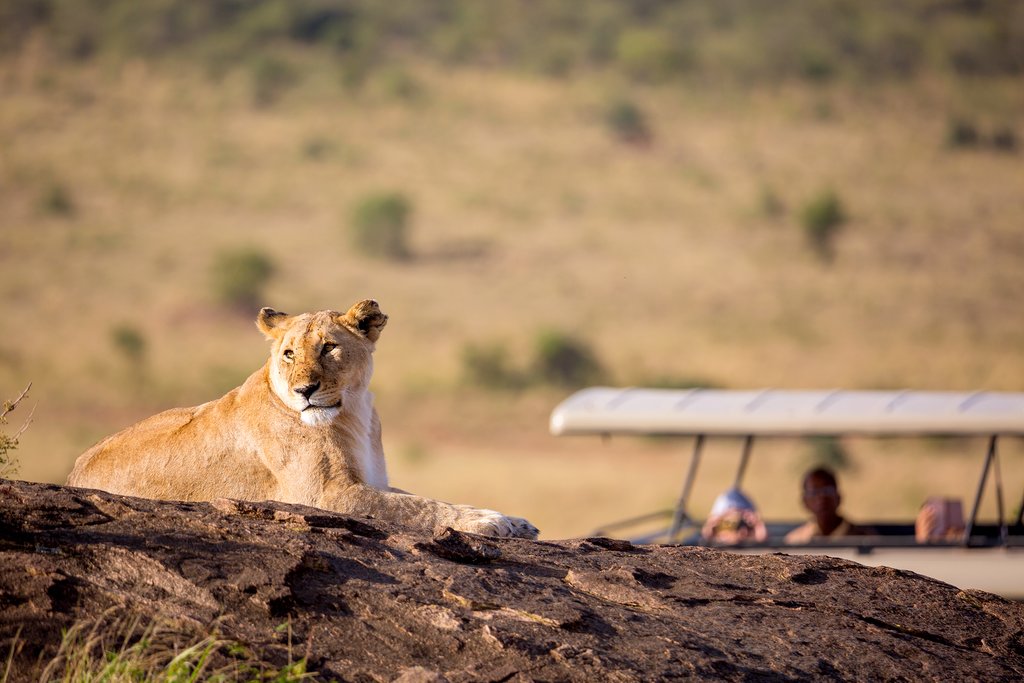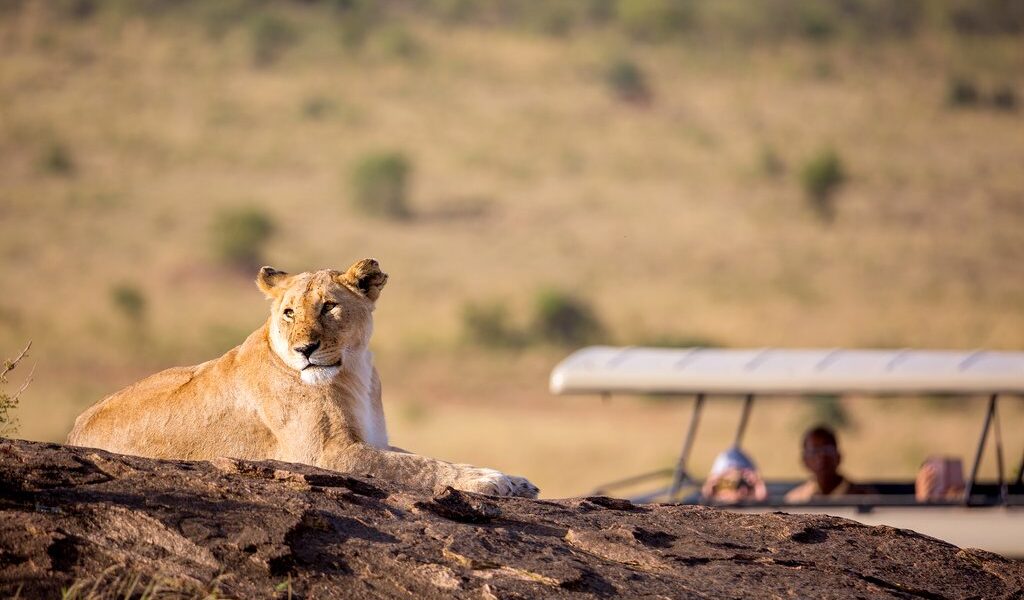
Due to the dry weather, January is considered high season in Kenya—a great time to spot spectacular wildlife in Maasai Mara or soak up stunning views of Mount Kilimanjaro in Amboseli National Park. The temperatures in Nairobi typically hover in the high 70s to mid-80s while coastal towns around Mombasa average about 90°F. It’s a fantastic time for hiking, exploring, and safari-going, the only downside being that it tends to be crowded.
Kenya in January: A Comprehensive Travel Guide
January presents itself as a particularly appealing time to explore the captivating landscapes and vibrant culture of Kenya. The weather during this period is generally hot and dry, although certain regional variations exist. This makes it an ideal time for wildlife viewing, beach relaxation, and exploring the diverse attractions that this East African nation has to offer. However, it’s important to be aware of the increased tourist activity and associated costs that accompany this peak season.
Weather Details
In the capital city, daytime temperatures typically range from a pleasant 75°F to 80°F. These temperatures are certainly warm, but generally comfortable for exploring the city’s various sites and attractions. As the sun begins to set, temperatures tend to dip, with nighttime lows falling to approximately 57°F to 62°F. Therefore, it is highly advisable to pack a light jacket or sweater to ensure your comfort during the cooler evenings.
Along the Kenyan coast, the climate is noticeably warmer. Average temperatures tend to fluctuate between 90°F and 93°F, creating the perfect conditions for beach enthusiasts and water sports activities. Evenings along the coast remain relatively warm, with temperatures hovering around 75°F to 78°F throughout the night. Given the consistently warm temperatures, there is generally no need for heavy clothing during the evenings. Rainfall is minimal during this time of year, making it ideal for enjoying the beautiful beaches and coastal attractions.
For those planning to venture into the mountainous regions, such as Mount Kenya National Park or Hell’s Gate National Park, it’s crucial to be prepared for considerably colder temperatures. These high-altitude areas can experience extremely frigid conditions, especially during the early morning and late evening hours. Adequate layering is essential, and packing warm clothing, including thermal wear, hats, and gloves, is highly recommended to ensure a comfortable and safe experience. Even the savannah regions, such as Maasai Mara, can experience surprisingly cool temperatures, particularly at night. Therefore, it’s wise to pack accordingly, even if you’re primarily planning for daytime game drives.
Crowds and Costs Considerations
The desirable weather conditions in Kenya during January inevitably attract a significant influx of tourists. This increase in visitor numbers can impact the overall experience, particularly in popular destinations. Shared safaris are likely to be fully booked, potentially resulting in crowded vehicles. Similarly, tourist hotspots in urban areas, such as museums, markets, and historical sites, may be more congested than during other times of the year. The beaches, too, will be bustling with sunbathers and swimmers, potentially making it challenging to secure a prime spot.
However, it’s important to remember that many of Kenya’s most captivating activities take place within vast wilderness areas. Therefore, the impact of crowds is often less pronounced compared to other destinations where tourist attractions are concentrated in smaller spaces. The sheer scale of the national parks and reserves allows visitors to disperse, providing a greater sense of solitude and immersion in nature.
Travelers should be aware that January typically falls within the high season, which translates to higher prices for accommodation, tours, and other travel-related expenses. Hotels often implement high-season rates, and airfare can also be significantly more expensive than during the off-season. Booking accommodations and tours well in advance is strongly recommended to secure availability and potentially mitigate some of the price increases.
Recommended Destinations
Kenya offers a wealth of incredible destinations to explore in January, each with its own unique appeal.
Mount Kenya National Park is particularly alluring during this month. The combination of warmer temperatures and dry conditions makes it an ideal time for trekking and climbing, especially for those aspiring to reach the 17,057-foot summit. The park’s diverse landscapes, ranging from lush forests to glacial peaks, are a sight to behold. In addition to climbing, the park offers numerous opportunities for hiking, wildlife viewing, and simply immersing oneself in the natural beauty of the region. Nearby attractions, such as Hell’s Gate National Park, provide further opportunities for adventure and exploration.
The coastal regions of Kenya beckon with their pristine beaches and inviting waters. The beach towns of Mombasa and Malindi are particularly popular destinations, offering a wide array of activities to suit every taste. Whether you’re seeking relaxation on the sandy shores, thrilling water sports, or cultural experiences, these coastal towns have something for everyone. The warm ocean breezes provide respite from the heat, and the crystal-clear waters are perfect for snorkeling, scuba diving, and other aquatic pursuits.
A visit to the world-renowned Maasai Mara is a must for any wildlife enthusiast. Although the Great Migration may not be at its peak during January, the resident animal populations remain abundant. With fewer visitors than during the migration season, wildlife sightings can often be more intimate and rewarding. Furthermore, January is a prime time for birdwatching, as various migratory bird species arrive in the region. An added bonus is that some accommodations may offer lower season rates during this period, even though it’s considered high season in other parts of the country.
Amboseli National Park is another exceptional destination for wildlife viewing in January. The dry season draws large numbers of mammals to the park’s waterholes, offering unparalleled opportunities to observe elephants, giraffes, zebras, and other iconic African animals. Additionally, Amboseli is a haven for migratory birds, adding to the park’s rich biodiversity. While the dusty conditions may occasionally obscure views of Mount Kilimanjaro, the clear skies make January an excellent time for attempting a climb of this majestic peak.
Things to Do and See
Within Mount Kenya National Park, adventurers can embark on challenging climbs to the summits of Batian, Nelion, or Lenana, each offering breathtaking panoramic views. Guided treks through the glacier-topped mountains provide unforgettable experiences. Nearby, the Karunguru Coffee Estate and Shipton’s Caves provide unique insights into the region’s cultural and geological heritage.
The coastal towns of Mombasa and Malindi offer a plethora of beach-related activities. Snorkeling and scuba diving in the Indian Ocean reveal a vibrant underwater world. Dolphin-watching tours departing from Mombasa provide opportunities to observe these playful creatures in their natural habitat. Exploring Wasini Island and Mombasa Marine National Park offers further encounters with marine life and stunning coastal scenery. To the north in Malindi, Watamu Beach entices with its ivory white sands and spectacular coastline.
The vibrant city of Nairobi offers a diverse range of cultural experiences. The Nairobi National Museum showcases Kenya’s rich history and artistic heritage. The city’s culinary scene is equally impressive, with a wide array of restaurants and cafes in areas such as Waiyaki Way and the Westlands offering diverse cuisines. Heading southwest from Nairobi, the Maasai Mara awaits with its legendary wildlife.
Events in January
Nairobi Restaurant Week, typically held for approximately 10 days in January or February, is a culinary highlight. During this event, restaurants and bistros throughout the city offer special menus, wine samplings, and cocktail creations, often at discounted prices or complimentary. It’s a fantastic opportunity to sample a wide range of international dishes and local cuisine.
Suggested Itinerary
Consider the “Kenya Wildlife Safari – 10 Days” itinerary for an immersive exploration of the country’s most beautiful landscapes and captivating wildlife. This safari adventure begins in Amboseli National Park, continues through the Maasai Mara, and encompasses other notable destinations such as Hell’s Gate, Mount Longonot, Lake Nakuru, and Lake Bogoria.
This enhanced guide aims to provide a more detailed and comprehensive overview of traveling to Kenya in January, ensuring that prospective visitors are well-informed and prepared for their adventure.
B-1530

